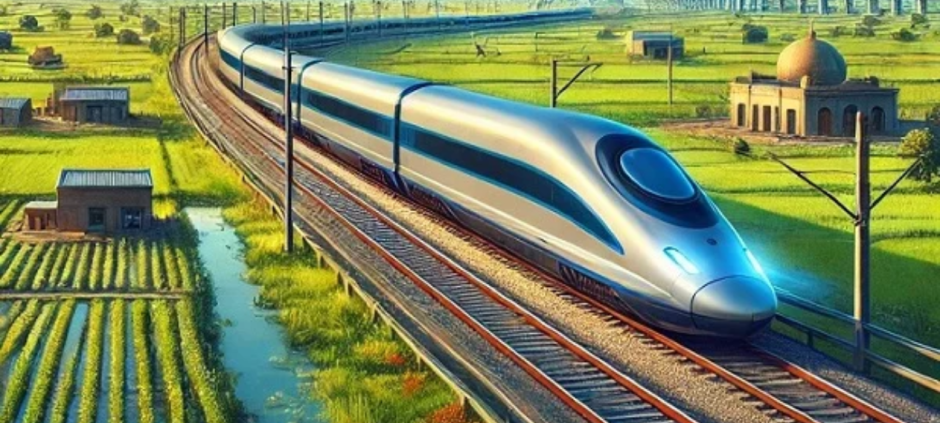The Punjab government’s vision to launch Pakistan’s first bullet train between Lahore and Rawalpindi is increasingly being viewed as overly ambitious, if not entirely unrealistic, given the country’s current railway infrastructure and financial limitations. Senior railway officials have described the idea as a “dream,” pointing to significant structural and economic hurdles that would need to be overcome.
Despite enthusiasm from provincial leadership and consultations involving Chief Minister Maryam Nawaz, experts stress that a bullet train requires not only new engines and coaches but a complete transformation of the existing railway system. This includes replacing tracks, upgrading signals, modernizing stations, and rebuilding bridges. As it stands, Pakistan’s railway network is unable to safely support even moderate high-speed travel, let alone the speeds typical of bullet trains, which can range from 200 to 500 km/h.
ALso Read: Punjab Government Officially Announces Summer School Holidays
Estimates for the project’s cost are staggering. A bullet train system built with American technology could cost up to $40 million per kilometre, while even with Chinese involvement the cost would still fall between $17 million and $20 million per kilometre. For the 280-kilometre Lahore-Rawalpindi route, this would translate to an investment of Rs200 to Rs300 billion at minimum, not including future maintenance and subsidy costs.
Currently, the fastest service between Lahore and Rawalpindi — Pakistan Railways’ Green Line — takes over four hours. The government’s stated goal is to reduce this to 2.5 hours, but officials say even this modest improvement would require years of development and heavy spending. Additionally, the terrain itself poses a challenge, with curves, gradients, and three major bridges along the route that are unsuitable for high-speed travel and would need complete redesign.
Railway experts argue that instead of chasing an expensive and currently impractical dream, the government should focus on reviving the long-stalled ML-1 project. With Chinese support, ML-1 could modernize the country’s existing railway backbone and significantly improve travel times nationwide. Bullet trains, they say, are simply not feasible without this foundational work.
Even if the bullet train were built, its projected ticket prices — ranging from Rs15,000 to Rs20,000 per trip — would likely place it out of reach for most Pakistanis, unless heavily subsidized by the state. Experts caution that before investing in glamour projects, the government must weigh practical alternatives that serve the broader population and build on existing strengths.











